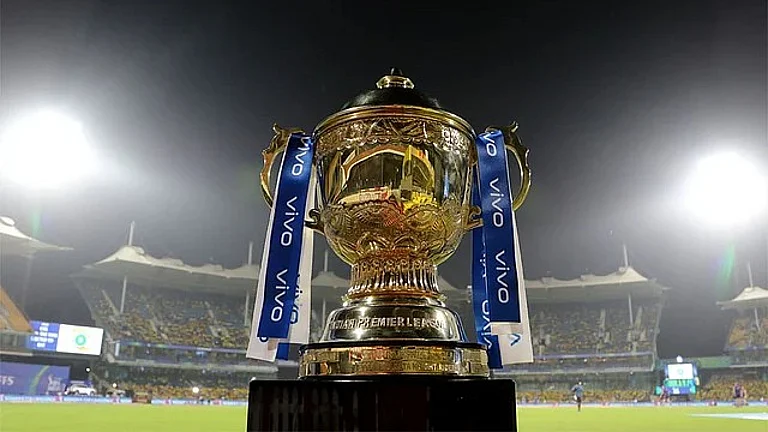The life-sustaining oasis in the region owes a lot to Jethu Singh Bhati, a 36-year-old agriculturist, better known as an eco-volunteer and the general secretary of an NGO, the Thar Integrated Social Development Society (TISDS). Convinced that "the comfort of piped water supply has spoilt people and bred wasteful water habits," Bhati, a postgraduate in sociology, is reviving long-forgotten rainwater-harvesting systems and developing a drought-proof model for Jaisalmer district.
Born to a camel-rider’s family ousted by Pokhran-I, Bhati grew up amid daily struggles for water. He had heard stories of how the region was once bustling with caravanserais on medieval trade routes and had a thriving pastoral economy. Clearly, the region wasn’t always so short on water, a fact borne out by the area’s high density of human and cattle population. Bhati developed keen interest in indigenous water systems like palar pani (ponds and tanks fed by rainwater), rejani pani (monsoon run-off that seeps into the earth at places called paars), and patali pani (wells fed by underground water). "Unlike tube-wells, water sources of yore never failed," he says. What also caught Bhati’s attention was the age-old wisdom that patali pani be used only as the last resort because it takes long to recharge. "Over-dependence on groundwater is making water wars imminent," he says.
TISDS came into existence in 1994 from a group of high school friends that Bhati had formed in 1986 to work for the region’s environment. It today spreads ecological awareness in villages, develops paars and revives orans or sacred groves dedicated to local deities to protect them from human greed. At one oran project funded by the undp, Bhati planted diverse saplings to obtain fodder, grass and wood, ensured regeneration of existing rootstalk, and built a pond and a tank.
Apart from solving water problems and generating employment, rejuvenation of paars has also sensitised the youth to their time-tested benefits. In tapping water held at depths of 6-12 feet by rocky subsurface gypsum found in Jaisalmer, Barmer and Sindh region, the focus is on refurbishing agor (upstream catchments), agar (downstream embankments and storage systems) and kuis/beris (water holes). "We concentrate more on clearing catchments," reveals Bhati. "Digging and de-silting of storage systems often hog undue attention but yield little without good catchments," he adds.
To build a paar at manapia, Bhati acquired non-farming tracts from the panchayat on a five-year lease in 2003 with monetary help from the Centre for Science and Environment. For boosting the village income, he began to grow fodder, endangered plants and rabi crops. Bhati is now using the paar water to revitalise pasturelands. "Governments pride themselves on expensive projects. But our work shows that systems intrinsically linked to the region’s hydrography, topography and economy are most effective." Taking a cue, Jaisalmer’s local administration has now integrated paars with strategic land development measures.
Contact Bhati at: Silawata Para, Shiv Rd, Jaisalmer-345001. Tel: (2992) 250594 E-mail: jethusinghjsm@yahoo.co.in
























